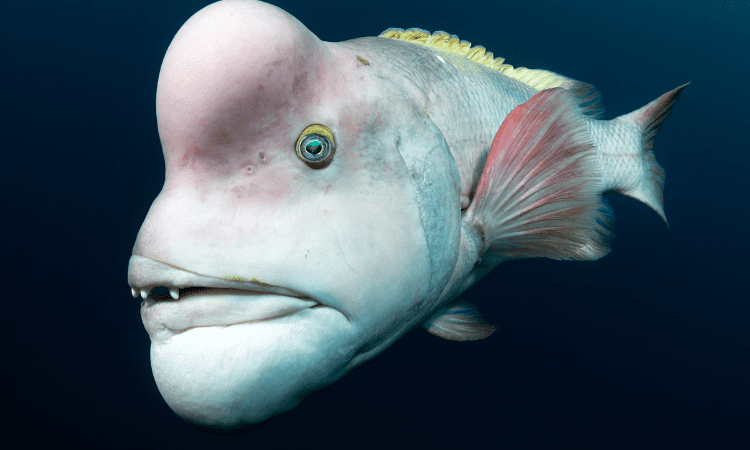Teeth come in all shapes and sizes in the animal kingdom. When we think of teeth, we usually picture the typical straight, white chompers that humans have. However, the teeth sported by some fish species are far from normal or attractive. Certain fish have evolved bizarre, awkward, or even scary-looking teeth to help them survive and catch prey.
1. Anglerfish
Anglerfish are deep-sea predators famous for the glowing lure that protrudes from their heads. Both male and female anglerfish have impressive sets of jagged, translucent fangs. The needle-like teeth angle inward, which allows anglerfish to swallow prey as large as their own bodies.
2. Sheepshead fish
The sheepshead fish has an incredibly powerful set of human-like teeth. Their front incisors and molars allow them to crunch and grind up crustaceans and bivalves. Sheepshead teeth closely resemble those of humans in their arrangement and broad, flattened surfaces.
3. Pacific viperfish
The Pacific viperfish claims some of the longest teeth in the ocean compared to body size. These curved, fang-like chompers jut both upward and downward from the viperfish’s mouth. Such impressive dentition assists the Pacific viperfish with grasping and eating prey in the deep sea.
4. Fangtooth fish
As the name suggests, the fangtooth fish has mouthfuls of sharp, elongated teeth. Their long upper and lower fangs interlock when the jaw is closed. With just a small gape, fangtooth fish can swiftly grab and swallow passing prey.
5. Dragonfish
Dragonfish comprise a family of fierce-looking predators with protrusible jaws filled with dagger-shaped teeth. Their mouths can extend and the hinged teeth operate individually to seize prey. When not in use, dragonfish teeth lie flat against the gums.
6. Needlefish
Needlefish live up to their name with their long, narrow bodies and long, pointed beaks lining their slender jaws. The many sharp interlocking teeth point inward to grasp slippery prey like smaller fish. Needlefish beaks also deliver nasty bites when they are picked up by curious fishermen.
Conclusion
The ocean depths and shallows are home to fish with highly specialized dental gear. Unusual fish teeth take many wickedly sharp or strangely human-like forms to provide survival advantages that help bizarre species thrive in aquatic environments. So the next time you come across an odd-looking fish, take a peek at its teeth—you might be surprised at what you find!
FAQs
1. Why do some fish have such unusual teeth compared to humans?
A: Many fish have evolved irregular tooth shapes, sizes, and arrangements to help them catch and eat specific prey items in their environments. Strange fish teeth serve functions like grasping, piercing, cutting, crushing, or holding depending on the species’ diet.
2. What fish has the most teeth?
A: The predatory dragonfish is estimated to have between 18,000 to 100,000 individual teeth protruding from its jaws as replacements for any that break off. Their many needle-like teeth maximize the chances of catching prey.
3. Which fish teeth most closely resemble human teeth?
A: Sheepshead fish have broad, flattened grinding teeth reminiscent of human molars and incisors. They use these teeth to crush the shells of mollusks and crustaceans.
4. Why do anglerfish have sharp, translucent teeth?
A: Anglerfish teeth are pointed and curve inwards to help swallow large prey whole. Their see-through aspect is likely because anglerfish habitat is extremely deep and dark, so their teeth have lost pigment.
5. What accounts for the long teeth of the Pacific viperfish?
A: The Pacific viperfish has fang-like teeth that may grow much longer than even its body size. These elongated chompers allow it to seize passing prey easily in lightless ocean depths.





